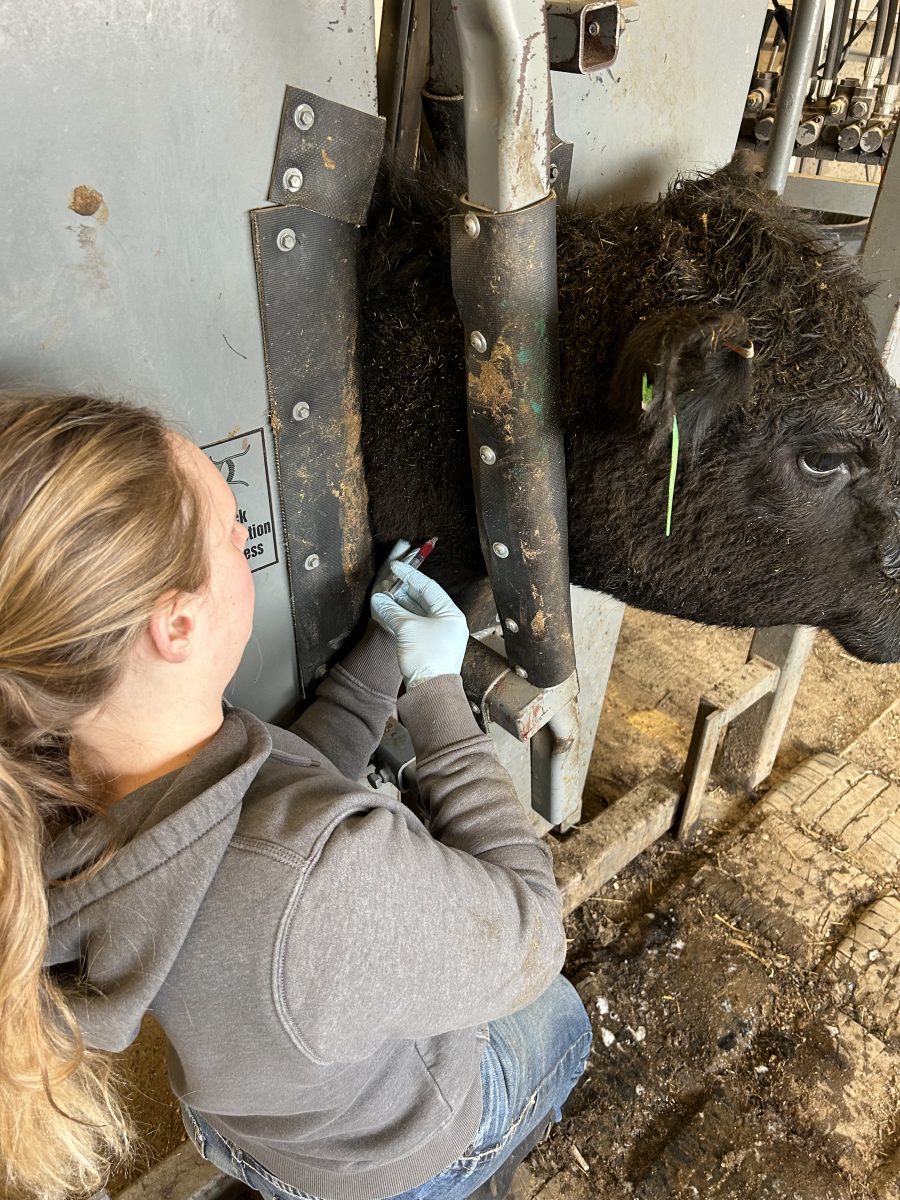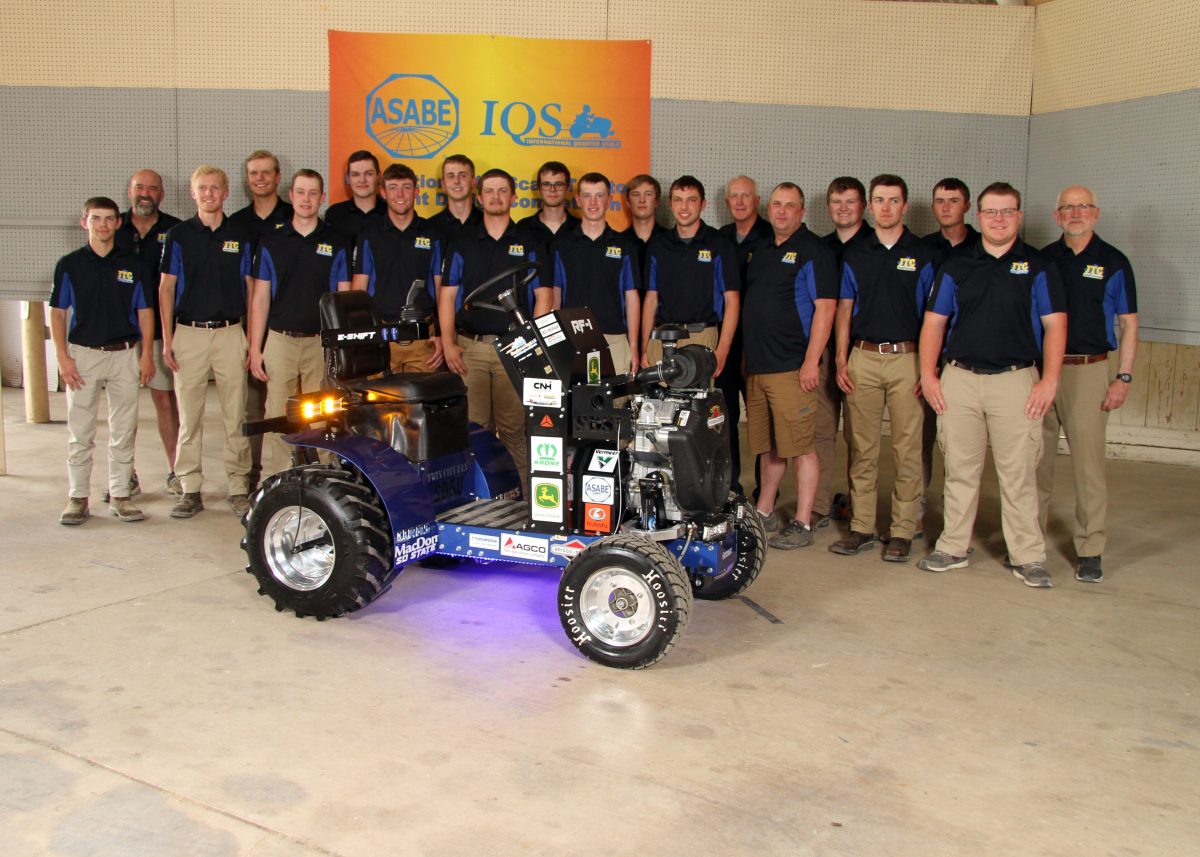No flights ’til further notice
September 7, 2006
Jeremy Fugleberg
The SDSU Aviation program is grounded until further notice. The program abruptly cut ties with its long-time local provider of airplanes and instructors Aug. 31.
Program head Jeff Boulware said school timing and ongoing problems for students with Big Sioux Aviation drove the split.
“They had some concerns about operations at Big Sioux that we could never get resolved,” he said. “As of right now, we’re having no dealings with them at all. I think it’s good to do a clean break and do it right.”
The company, the only provider of airplanes and training at the Brookings Regional Airport, has been a close partner of SDSU’s aviation education program since it began seven years ago.
Jim Jones, owner of Big Sioux Aviation, said the split came as an unwelcome surprise. He got a certified letter immediately ending the contract with SDSU on Aug. 31. That was the first he knew of SDSU’s desire to end the relationship.
“It didn’t seem like a real professional way to say it,” he said. “All I know is we were ready to go, we were ready for this semester.”
Now, he said, his staff of around 30 – many SDSU students – are wondering if they still have jobs.
“They’re looking to me for answers and I don’t know what to tell them,” Jones said.
He said he’s certain he deserved at least 90 days notice, and he’s looking into whether the contract can be ended immediately.
Boulware said more students, scheduling and curriculum issues were the other driving forces behind the split.
At the same time, SDSU is within days of becoming its own flight school. Boulware said the certification needed is on the way from the Federal Aviation Administration, something Jones had known for months was in process.
A new high-tech flight simulator scheduled for delivery Oct. 4 can only be used if SDSU is certified as its own flight school. Boulware said becoming a flight school will also let the program customize flying schedules more closely to the needs of students.
“We’ll bring some stability into the flight-training process so students know what they’re getting from one day to the rest,” he said.
Big Sioux’s Jones said any scheduling conflicts have been driven by students who schedule hours early in the year but later can’t pay for them, and planes kept on the ground for maintenance reasons.
“Students are hard on airplanes, there’s no two ways about it,” he said.
He said he’s worked hard to schedule all students who want to fly throughout the years, with more than 37,000 hours flown since the company teamed up with the flight program.
But all has not been well at Big Sioux Aviation, said flight instructor Cody Christensen.
“There’s always been friction between management and staff at Big Sioux Aviation,” he said. “More than anything, a lack of communication.”
“We’ve always been open with our employees,” countered Jones.
The flight program’s explosive growth is key to the issue, Christensen said.
The program has grown by leaps and bounds since it began in 1999 as an education specialization. Fifteen students participated in the first year of classes. Today, around 100 students are in the program, which was just granted an aviation major this summer by the Board of Regents.
“We’re a growing program that outgrew Big Sioux Aviation,” Christensen said.
While both Christensen and Boulware wouldn’t comment on safety concerns, Jones said his company’s safety record holds up to any possible complaints.
“It’s not a question that we’re sitting here with airplanes duct-taped together or sitting with planes that are hazards to students,” he said. “Our airplanes are maintained under strict FAA regulations, and the FAA is happy with us.”
However, Boulware said he’s looking to fly in planes from somewhere else.
“We’ll probably lease airplanes from several vendors,” he said. “They’ll be modern airplanes and they’ll be safe.”
While the flight program reworks its make-up, students scheduled for course-based flight training are being switched into a 400-level education class to remain eligible for financial aid.
Boulware said he’s rapidly assembling the pieces of the new SDSU aviation program, and hopes to have students off the ground in two weeks.




















